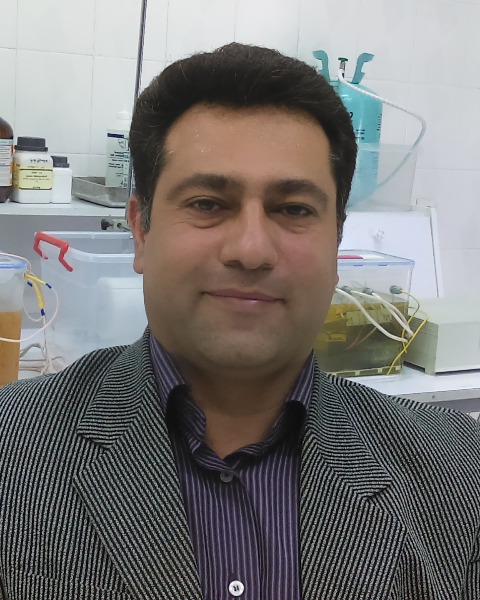Fibrinolysis and Proteolysis
VPB0648 - Combination Thrombolytic Therapy Using Electrohydraulic Radial and Focused Shock Waves in The Animal Model of Embolic Common Carotid Artery Occlusion
Monday, July 11, 2022
6:30 PM – 7:30 PM
Location: Exhibition
Presentation Format: Virtual

Hossein Mehrad
Faculty Member
Islamic Azad University, Tabriz Branch- Faculty of Basic Sciences
Tabriz, Azarbayjan-e Sharqi, Iran
Presenting Author(s)
Background: A plaque may rupture with high risk of subsequent thrombus mediated acute clinical events such as myocardial infarction and stroke. The efficacy of intravenous thrombolytic agent recombinant tissue plasminogen (tPA) is limited owing to a relatively poor recanalization rate and incomplete function recovery in the majority of treated patients.
Aims: In this study, we developed an experimental combined electrohydraulic radial and focused shock wave generators, and investigated its effectiveness on the thrombus reduction in the rabbit common carotid artery.
Methods: Male New Zealand white rabbits were submitted to common carotid artery clot embolism. Then treatment group underwent combined electrohydraulic radial and focused shock wave therapy (Focused: V= 20 kv, F= 0.5 Hz, Impulses= 120 and Radial: V= 12 kv, F= 0.5 Hz, Impulses= 120) accompanied by tPA administration, wherein diagnostic B- mode ultrasound is combined with therapy system, with a goal of increased safety. Blood volume flow and blood mean velocity were measured by color Doppler ultrasonography. Moreover, percentage of luminal cross-sectional area of stenosis were measured by B-mode ultrasound at the occluded region after treatment.
Results: Results showed a significant reduction in the mean value for blood mean velocity and the percentage of luminal cross-sectional area of stenosis and a significant increase in the mean value for blood volume flow in the treatment group compared with the other groups (P < 0.05).
Conclusion(s): Enhanced inertial cavitation- mediated thrombolytic effect of focused shock waves, induced by intravascular stable bubbles vibration effect of radial shock waves accompanied by anti- thrombotic effect of tPA, can cause to reduce the thrombus content and significantly dilate the luminal cross-sectional area of stenosis. Combined radial and focused shock wave thrombolytic therapy may be a potential treatment for embolism.
Aims: In this study, we developed an experimental combined electrohydraulic radial and focused shock wave generators, and investigated its effectiveness on the thrombus reduction in the rabbit common carotid artery.
Methods: Male New Zealand white rabbits were submitted to common carotid artery clot embolism. Then treatment group underwent combined electrohydraulic radial and focused shock wave therapy (Focused: V= 20 kv, F= 0.5 Hz, Impulses= 120 and Radial: V= 12 kv, F= 0.5 Hz, Impulses= 120) accompanied by tPA administration, wherein diagnostic B- mode ultrasound is combined with therapy system, with a goal of increased safety. Blood volume flow and blood mean velocity were measured by color Doppler ultrasonography. Moreover, percentage of luminal cross-sectional area of stenosis were measured by B-mode ultrasound at the occluded region after treatment.
Results: Results showed a significant reduction in the mean value for blood mean velocity and the percentage of luminal cross-sectional area of stenosis and a significant increase in the mean value for blood volume flow in the treatment group compared with the other groups (P < 0.05).
Conclusion(s): Enhanced inertial cavitation- mediated thrombolytic effect of focused shock waves, induced by intravascular stable bubbles vibration effect of radial shock waves accompanied by anti- thrombotic effect of tPA, can cause to reduce the thrombus content and significantly dilate the luminal cross-sectional area of stenosis. Combined radial and focused shock wave thrombolytic therapy may be a potential treatment for embolism.
